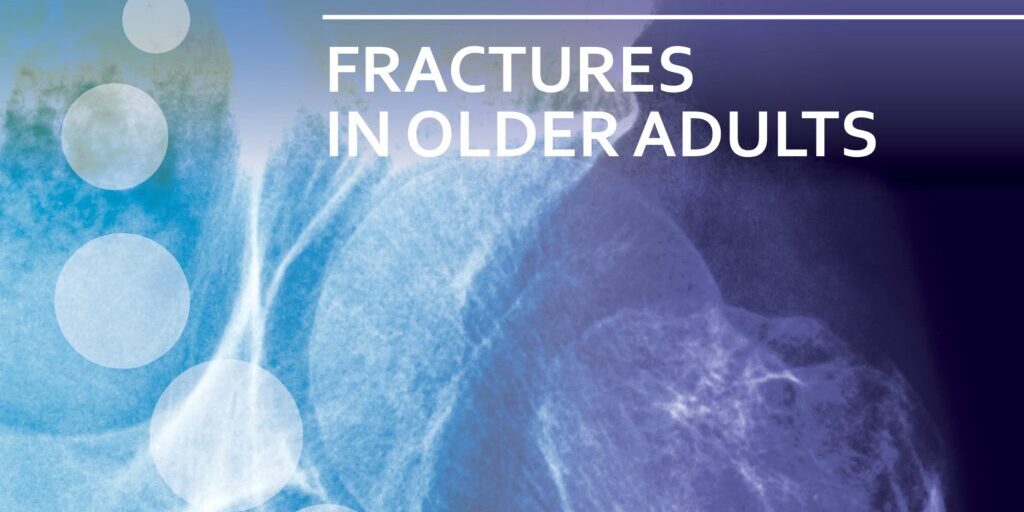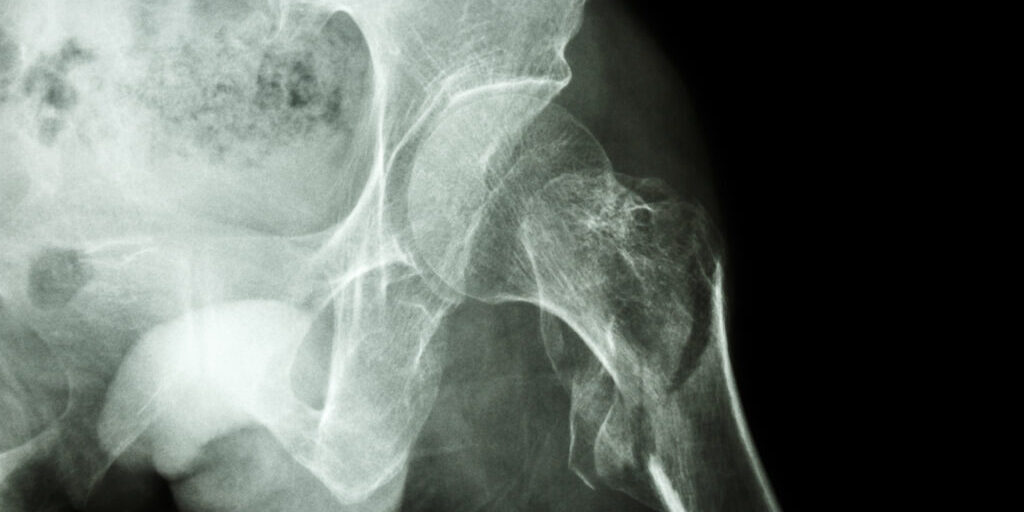The COVID-19 pandemic, declared by the World Health Organization (WHO) on March 11, 2020, has changed the way hip fracture surgeons practice medicine. The use of personal protective equipment, adjustable pressure theatres and risk assessment has become part of everyday clinical life. The cancellation of elective surgical procedures has been necessary for governments to manage the public health tsunami, the effects of which, may be long lasting. However, one of the constants throughout the current pandemic has been the rate of hip fractures. Social distancing has had little effect on people falling, either at home or in aged care facilities, and sustaining hip fractures.
During these challenging times, orthopaedic trauma surgeons have continued to provide hip fracture care in a timely and evidence-based manner. While fracture care in the healthy may be delayed with little harm, this is not the case in hip fracture management. Early surgery and mobilisation confer a survival advantage. As such, representative orthopaedic associations (APOA, EFFORT, PAOA, SICOT and SLAOT), through the Alliance of International Organisations of Orthopaedics and Traumatology produced a series of best practice guidelines during the pandemic for both inpatient and outpatient management of fractures. In line with best care, orthopaedic trauma surgeons have continued to provide urgent and timely surgical access to this vulnerable patient group.
As the WHO acknowledged that COVID-19 airborne infection may occur, measures for the appropriate protection from droplet and aerosol spread were adopted. Assessments stratified risk of infection. Guidelines were created, including the use of P2/N95 respirators, mandatory wait times for theatre air exchanges, variations in theatre pressures, and deep cleaning processes. Health care workers familiarised themselves with appropriate donning and doffing behaviours for aerosol generating procedures and aerosol generating behaviours, and time will tell whether the wait times for surgery increased during this phase.
Management of the overwhelming number of infected patients has also led to a temporary halt to rehabilitation, family visitations and preventative care. The redeployment of clinicians to front-line services has resulted in the suspension of fracture follow-up from endocrinologists and fracture liaison services. As such, treatment measures aimed at decreasing the risk of a further fracture in the 12 months subsequent to a hip fracture, are no longer being provided. When one combines the early discharge of patients from acute care due to the closure of rehabilitation services, with the frailty, isolation from relatives, poor balance and cognitive decline of the patients, it is concerning that we may be setting the scene for an increase in hip fracture incidence, patient suffering and health system costs in the short-to-medium term, as the risk of refracturing has not been mitigated.
While hip fracture patients are at a higher risk of mortality, particularly those who are COVID-positive, most hip fracture patients will survive. As such, it is imperative we continue to provide early surgery and mobilisation, as well as managing the underlying osteoporosis. The provision of well-functioning orthopaedic surgical units and fracture liaison services must continue to provide best practice in hip fracture patients until the pandemic resolves. A more humane approach to the isolation of hip fracture patients from their families is also likely to provide a benefit. In this way, we can minimise adverse health outcomes related to the hip fracture and the risk of readmission with further fragility fractures.
References
Carfi A, Bernabei R, Landi F et al. Persistent Symptoms in Patients After COVID-19. JAMA 2020;324(6):603-605.
Greenhalg T, Knight M, A’Court C, Buxton M, Husain L. Management of post-acute covid-19 in primary care. BMJ 2020;370:m3026.
Long Covid. About. [cited August 2020]; Available from: https://www.longcovid.org/.
Mahase E. Covid-19: What do we know about “long covid”. BMJ 2020;370:m2815.
Macey ARM, Butler J, Martin SC, Tan TY, Leach WJ, Jamal B. 30-day outcomes in hip fracture patients during the COVID-19 pandemic compared to the preceding year. Bone and Joint Open 2020;1-7:415-419.
Napoli, N., et al., Managing fragility fractures during the COVID-19 pandemic. Nat Rev Endocrinol, 2020. 16(9): p. 467-468.





